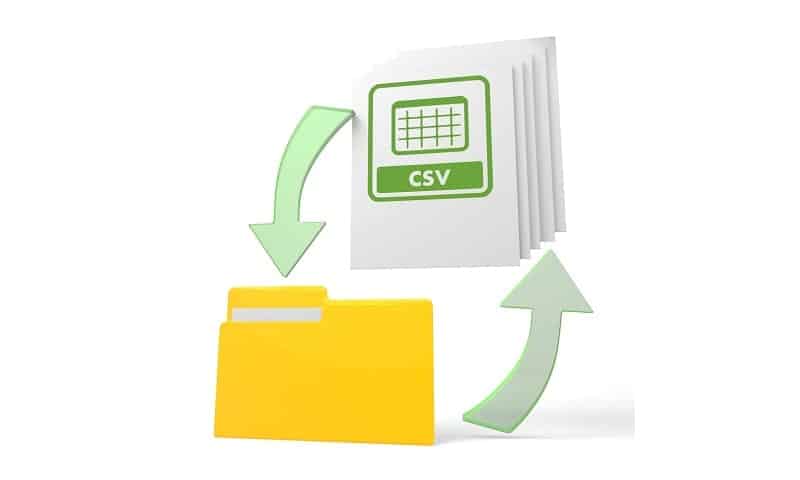


A survey of Canadian managers and professionals was conducted to develop and validate a measure of computer self-efficacy and to assess both its impacts and antecedents. This paper discusses the role of individuals' beliefs about their abilities to competently use computers (computer self-efficacy) in the determination of computer use. These findings advance theory and contribute to the foundation for future research aimed at improving our understanding of user adoption behavior. Both social influence processes (subjective norm, voluntariness, and image) and cognitive instrumental processes (job relevance, output quality, result demonstrability, and perceived ease of use) significantly influenced user acceptance.

The extended model was strongly supported for all four organizations at all three points of measurement, accounting for 40%-60% of the variance in usefulness perceptions and 34%-52% of the variance in usage intentions. Model constructs were measured at three points in time at each organization: preimplementation, one month postimplementation, and three months postimplementation. The extended model, referred to as TAM2, was tested using longitudinal data collected regarding four different systems at four organizations (N = 156), two involving voluntary usage and two involving mandatory usage. The present research develops and tests a theoretical extension of the Technology Acceptance Model (TAM) that explains perceived usefulness and usage intentions in terms of social influence and cognitive instrumental processes. (3) Computer Self Efficacy and Ease of Use has significant effect on e-SPT in Reporting Taxes, the results of this study explain that computer self efficacy and ease of use are factors that influence Taxpayers in KPP Pratama Kendari to use e-SPT.

(2) Ease of Use has significant effect on e-SPT in Reporting Taxes, the result of this study state that the higher the level of ease of use a technology in this case taxation will affect the influence of taxpayers to use e-SPT. The result of this study indicate that (1) Computer Self Efficacy has unsignificant effect on e-SPT in Reporting Taxes, this is because in the tax reporting process the average taxpayer still asks for help from other people/their employees or tax consultant to carry out the process filling in the their SPT. The data used is primary data as much as 95 personal taxpayers who used e-SPT and registered on KPP Pratama Kendari. Data in this study is collected using questionnaires. This study used descriptive analysis method with multiple linear regression analysis tool. The purpose of this study is to determine the effect of computer self efficacy and ease of use against e-SPT in reporting taxes.


 0 kommentar(er)
0 kommentar(er)
